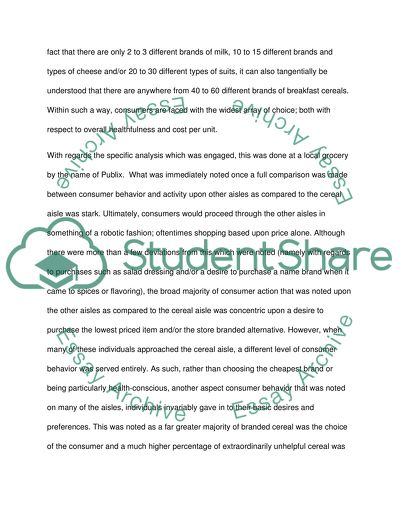Cite this document
(“Cereal Aisle Analysis Essay Example | Topics and Well Written Essays - 1500 words”, n.d.)
Retrieved from https://studentshare.org/marketing/1482459-cereal-aisle-analysis
Retrieved from https://studentshare.org/marketing/1482459-cereal-aisle-analysis
(Cereal Aisle Analysis Essay Example | Topics and Well Written Essays - 1500 Words)
https://studentshare.org/marketing/1482459-cereal-aisle-analysis.
https://studentshare.org/marketing/1482459-cereal-aisle-analysis.
“Cereal Aisle Analysis Essay Example | Topics and Well Written Essays - 1500 Words”, n.d. https://studentshare.org/marketing/1482459-cereal-aisle-analysis.


